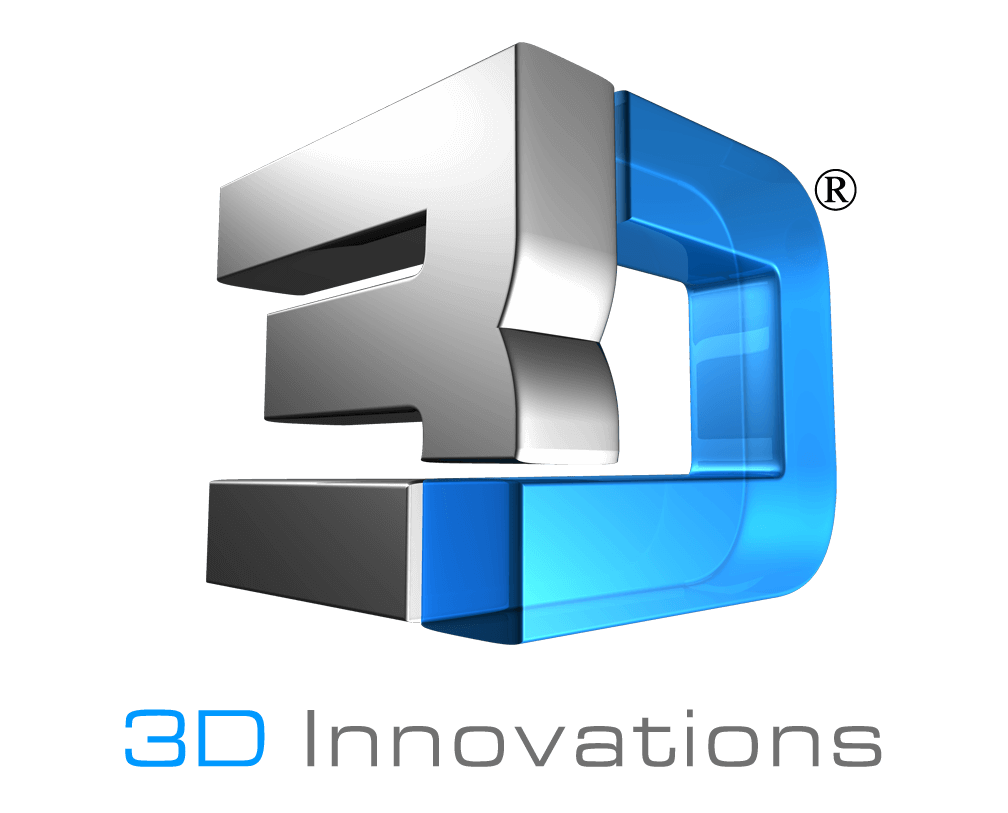 Intellectual property (IP) is an area that often seems murky and convoluted to inventors; thus, it is pushed to the bottom of the proverbial “to-do” list. However, intellectual property is a key component when it comes to product development and commercialization. Whether you are talking about trademarks or patents, your startup needs to start early when it comes to intellectual property. “IP is becoming more important than ever, as it is the bedrock of invention driving the innovation that is improving lives and disrupting every industry out there.” (Forbes)
Intellectual property (IP) is an area that often seems murky and convoluted to inventors; thus, it is pushed to the bottom of the proverbial “to-do” list. However, intellectual property is a key component when it comes to product development and commercialization. Whether you are talking about trademarks or patents, your startup needs to start early when it comes to intellectual property. “IP is becoming more important than ever, as it is the bedrock of invention driving the innovation that is improving lives and disrupting every industry out there.” (Forbes)
“Ideas in your mind have no patent value. They must be expressed or reduced to practice before it is too late” ― Kalyan C. Kankanala
Patents Protect Your Invention
Patents play an integral part in protecting an invention—from the exterior aesthetics to the internal technology. Having a patent for your invention will protect it from copycats and the exclusive intellectual property rights provide you with a stronger market position and distinct business advantages.
A patent for an invention is the grant of a property right to the inventor, issued by the United States Patent and Trademark Office (USPTO). U.S. patent grants are effective only within the United States, U.S. territories, and U.S. possessions. There are three types of patents: utility, design and plant patents.
- Utility patents may be granted to anyone who invents or discovers any new and useful process, machine, article of manufacture, or composition of matter, or any new and useful improvement thereof;
- Design patents may be granted to anyone who invents a new, original, and ornamental design for an article of manufacture; and
- Plant patents may be granted to anyone who invents or discovers and asexually reproduces any distinct and new variety of plant.
From the USPTO: “A patent for an invention is the grant of a property right to the inventor, issued by the United States Patent and Trademark Office. Generally, the term of a new patent is 20 years from the date on which the application for the patent was filed in the United States or, in special cases, from the date an earlier related application was filed, subject to the payment of maintenance fees.”
Design Patent Overview
Design patents focus on the exterior design, features and overall aesthetics of the product. It is important to note that design patents extend to what is exactly shown in the line drawings, nothing more. For this reason, some products may require multiple design patents. Each design patent would cover a specific physical feature of the product. For example, a car would require multiple design patents because of the size and scope of the invention.
Having high-quality professional line drawings by a CAD designer is extremely advantageous. With a design patent, you are able to use the coveted phrases, patent pending and patent issued on all marketing material, and have confidence that your invention is protected for the next fourteen years. Also, when it comes to cost, design patents are considerably cheaper to file than utility patents.
Utility Patent Overview
Utility patents focus solely on the inner workings of your invention, its unique functions and overall usefulness. While a utility patent is harder to get than a design patent, it offers better intellectual property coverage because of the protections built into the patent system. An invention is deemed useful if it provides an identifiable benefit and is capable of use. People often refer to utility patents as “patents for invention”.
According to the United States Patent and Trademark Office, 90% of the patent documents issued by the USPTO in recent years have been utility patents. With a utility patent your invention will be protected for the next twenty years.
It is important to understand that although you file a utility patent application, there is no guarantee it will be issued. Examiners will review your application and look for prior patents that may conflict with what you are claiming. However, once you are granted a patent, you then have all rights to the invention and can enforce any infringement upon it.
Trademark Overview
A trademark is a form of intellectual property that protects the use of various names, symbols, logos or other manners of identifying a company’s products and services.
From the Patent Trademark Blog: It’s best to search the USPTO trademark database for your startup company name before incorporating. A trademark search will provide not only peace of mind, but also a helpful assurance that you ought to be able to sell product under the desired trademark with lower risk of trademark infringement. Your startup company name will often become the brand you wish to build in the mind of your customers.
When it comes to intellectual property it is always best to consult a licensed Patent Attorney to help you formulate an intellectual property strategy for your startup. Take the time early on during product development to build an IP plan so that your startup is poised for success.
______
3D Innovations is a Product Development Company – from the 3D Design to a fully functional 3D Prototype & Product.

